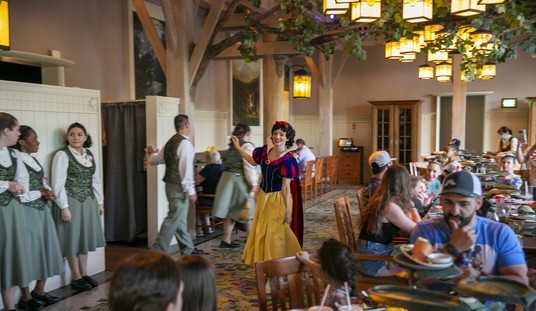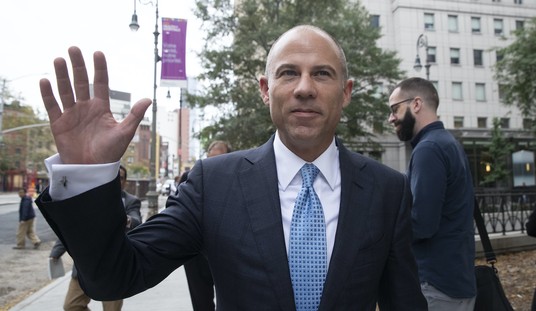This is a remarkable first-hand account of the Pearl Harbor attack by a reporter for the Honolulu Star-Bulletin. It was written by Betty McIntosh, a young journalist who, 7 days after the attack, penned an article for Hawaii’s women on what she saw and what lay ahead.
Unfortunately, her editor felt the article too graphic and intense to publish at the time. Now, 71 years after the attack, the <>>Washington Post has published this searing, dramatic story for the first time.
A sample:
I have a story to tell, as a reporter, that I think the women of Hawaii should hear. I tell it because I think it may help other women in the struggle, so they will not take the past events lightly.
I reported for work immediately on Sunday morning when the first news — Oahu is being attacked — crackled over the radio, sandwiched in a church program.
Like the rest of Hawaii, I refused to believe it. All along the sunny road to town were people just coming out of church, dogs lazy in the driveways, mynas in noisy convention.
Then, from the neighborhood called Punchbowl, I saw a formation of black planes diving straight into the ocean off Pearl Harbor. The blue sky was punctured with anti-aircraft smoke puffs. Suddenly, there was a sharp whistling sound, almost over my shoulder, and below, down on School Street. I saw a rooftop fly into the air like a pasteboard movie set.
For the first time, I felt that numb terror that all of London has known for months. It is the terror of not being able to do anything but fall on your stomach and hope the bomb won’t land on you. It’s the helplessness and terror of sudden visions of a ripping sensation in your back, shrapnel coursing through your chest, total blackness, maybe death.
The vision of death became reality when I was assigned to cover the emergency room of the hospital.
The first victims of the Japanese-American war were brought there on that bright Sunday morning.
Bombs were still dropping over the city as ambulances screamed off into the heart of the destruction. The drivers were blood-sodden when they returned, with stories of streets ripped up, houses burned, twisted shrapnel and charred bodies of children.
In the morgue, the bodies were laid on slabs in the grotesque positions in which they had died. Fear contorted their faces. Their clothes were blue-black from incendiary bombs. One little girl in a red sweater, barefoot, still clutched a piece of jump-rope in her hand.
The days immediately following the attack were terrifying:
That Sunday after dusk there was the all-night horror of attack in the dark. Sirens shrieking, sharp, crackling police reports and the tension of a city wrapped in fear.
Then, in the nightmare of Monday and Tuesday, there was the struggle to keep normal when planes zoomed overhead and guns cracked out at an unseen enemy. There was blackout and suspicion riding the back of wild rumors:Parachutists in the hills! Poison in your food! Starvation and death were all that was left in a tourist bureau paradise.
It is rare that we can read history with the immediate impact of a current event. McIntosh has an extraordinary eye for detail and didn’t pull any punches when describing the mayhem and horror — no doubt the reason her editor didn’t want to publish the piece.
McIntosh went on to work for the CIA and is now retired and living in Maryland.









Join the conversation as a VIP Member